Puebla is one of the oldest European-built cities in the Americas, established by design in 1531, a mere dozen years after Cortez’ conquest of Mexico (“La Conquista.”) It is more Spanish than Spain and, with apologies to Quebec City, it is easily the most European city in the western hemisphere. Puebla is considered the cradle of Mexican baroque style of architecture.
The best way to see Puebla is to ditch the map and simply meander randomly through its colonial-era streets until completely lost. To willfully lose yourself in Puebla is to be transported into a different era. Curious visitors will find themselves on timeworn cobblestone streets, lost among classical colonial Spanish administrative buildings, baroque villas and cathedrals, and renaissance-style plazas.
Because of its age, Puebla boasts a number of firsts, or near-firsts, in the Americas. For instance, the incredible, baroque-style Biblioteca Palafoxiana dates to 1646, making it the oldest library in all of North or South America. It’s university? Built in 1587, again deeming it one of the oldest in the western hemisphere. To put that into perspective – that is the same year the University of Edinburgh was created. From a “New World” perspective, that is old indeed! The Cathedral of Puebla, on the main zocalo (town square) was built in the late 16th century, though it did not reach its present form until many years later. The twin bell towers are the tallest in all of Mexico.If you have indeed heard of Puebla, it is likely due to the battle of Cinco de Mayo, in which Mexican General Zaragoza’s underdog forces successfully fought off a crack French invasion force (forever providing drunk gringos with the erroneous notion of “Mexican independence day.”) The remnants of Fort Guadalupe and the hilltop battle field are a main tourist attraction today. They also provide visitors with a breathtaking view of greater Puebla, nestled in a valley and surrounded in all directions by verdant mountains, including the majestic cone of the Popocateptl volcano.
Art, Food and Culture
Another once-in-a-lifetime activity is a visit to the Chapel of the Rosario, situated within the Church of Santo Domingo. It is difficult to describe this marvel of gilded gold, though words that come to mind range across a broad scale of emotions, from beautiful and stunning to overwhelming and gaudy. The intricacy and sheer scale of the chapel, all carved and painted by hand, is simply stupefying. Not since the painting of the Sistine Chapel has so much effort been dedicated to a house of prayer. Regardless of whether you find it to be the ornately beautiful or unconscionably garish, it is a must-see in Puebla.
And if all that walking rouses your hunger, what better place to explore exotic foods than in Puebla? It is renowned as the home of the Mole Poblano, a rich, chocolate-laden cooking sauce that originated several centuries ago by nuns at a monastery in town. (The monastery, as well as the original kitchen, can still be visited today.) Indeed, Puebla is famous throughout Mexico for its superb cuisine – the patriotically colored (white, red and green) Chiles en Nogada also hails from here.Perhaps just as famous as its food, Puebla is the birth place of Poblano Talavera tiles, a mix of Spanish ceramic style combined with elements of indigenous/Aztec art. This style of pottery is entirely unique to Puebla, and yet another source of local pride.
The truth is, not many people outside of Mexico are familiar with Puebla. I have rarely met anyone who has heard of it, much less visited there. All of which is a shame because if there is only one city in all of Mexico to visit, Puebla is it. Since my first trip there in 2005, I have always intended to go back. It took over a decade of itinerant roving around the world before I once again sampled the grace of this city. May your journey to Puebla be as fantastic as mine has been.
[Author’s note: all photos taken by me]
- Baroque architecture
- Popocatepetl volcano
- Puebla at night
- Poblano Talavera pottery
- Puebla Cathedral
- Courtyards of Puebla
- Courtyards of Puebla
- Courtyards of Puebla
- Courtyards of Puebla
- Streets of Puebla
- Biblioteca Palafoxiana
- Streets of Puebla
- Courtyards of Puebla
- Puebla, city of colors
- Puebla at night
- Courtyards of Puebla
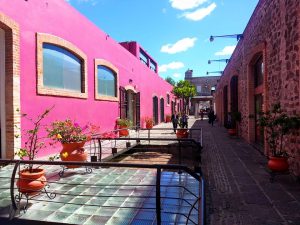
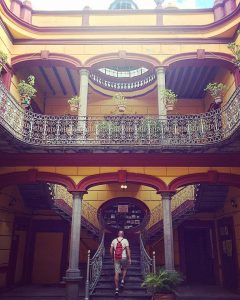
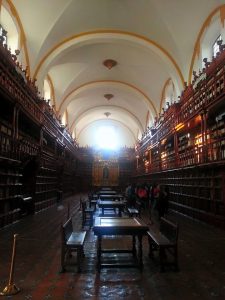
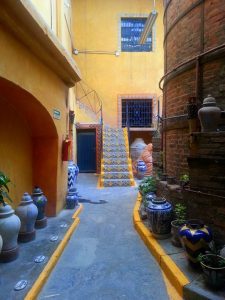


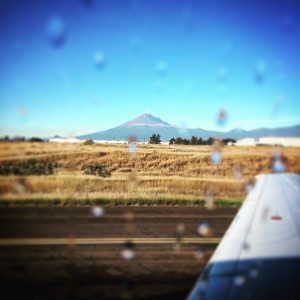
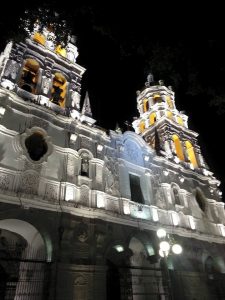




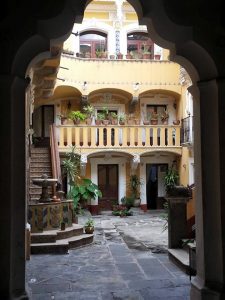
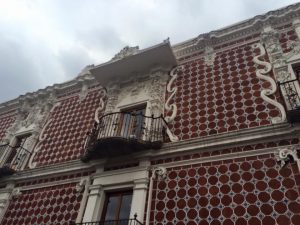
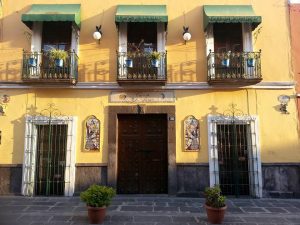


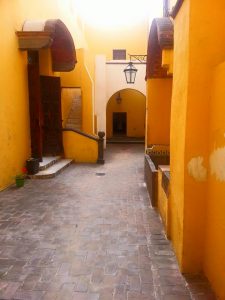
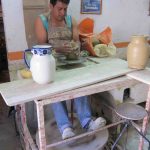


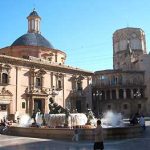

Thank you for sharing this wonderful piece. I too adore Puebla and am so happy that you are sharing its charms. The food, the people, the churches, the crafts, it has it all! I can’t wait to return.
Thank you. It’s a special place!